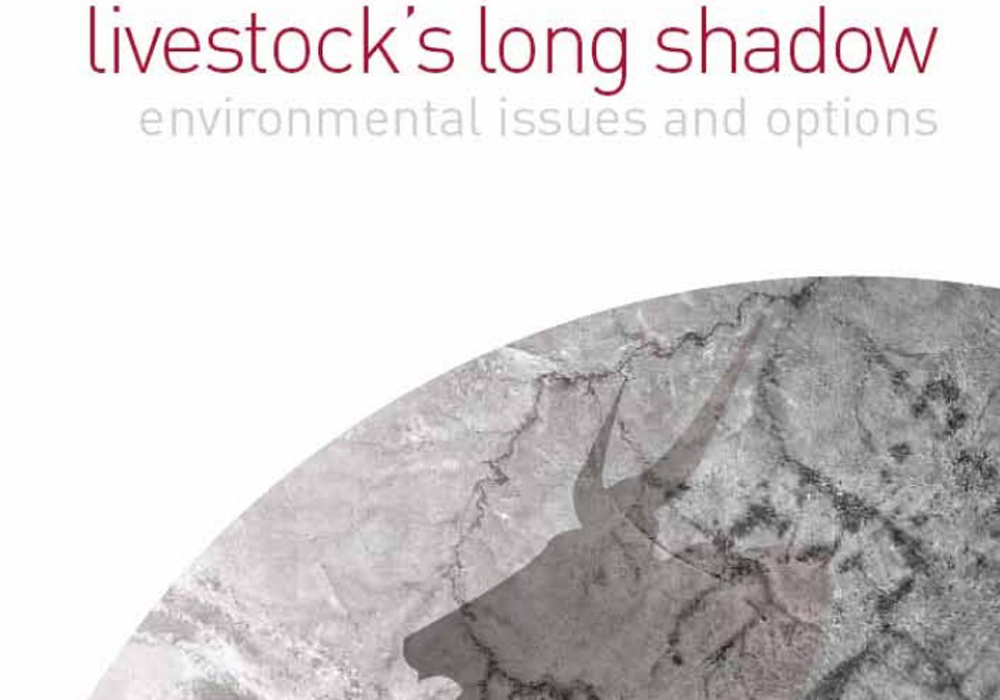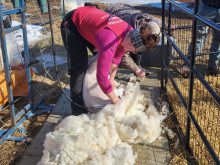MOOSE JAW, Sask. — The flawed study, Livestock’s Long Shadow, continues to cast its own long shadow on the cattle industry more than a dozen years after it was published and subsequently debunked.
Dr. Frank Mitloehner, a University of California animal science professor and air quality specialist, said his work to refute the study has been going on since the United Nations’ Food and Agriculture Organization work was first published in 2006.
That report claimed that livestock production caused 18 percent of the world’s greenhouse gases. But Mitloehner questioned how animals could produce more emissions than transportation and found that while the study took into account an animal’s entire life cycle, from farm to plate, it only considered tailpipe emissions from vehicles.
Read Also

Charges laid after cattle theft
Saskatchewan RCMP lay two charges against a man after six cattle went missing.
He published a paper indicating the problem, and the FAO admitted it.
“But the media is not interested in letting go of this compelling comparison,” he told the Saskatchewan Stock Growers Association convention last week. “The horse has left the barn. I have been fighting it ever since.”
He said methane is the shortest-living greenhouse gas. While carbon dioxide and nitrous oxide stay in the atmosphere for hundreds of thousands of years and trap heat, methane lives for only a decade before becoming part of the carbon cycle.
The methane is converted to carbon dioxide that is absorbed by plants through photosynthesis. Cattle eat the plants, and emit methane that remains in the atmosphere for 10 years before converting to carbon dioxide and starting the cycle over again.
Mitloehner said a beef operation established with 100 cows 50 years ago would add methane the first 10 years but if the herd size never changes that footprint remains the same.
“After the first 10 years, all the methane will have been destroyed by this process called hydroxyoxidation, and replaced with new methane because you still have 100 cows,” he said.
“If you don’t add new livestock to your herds … you’re not adding additional carbon, you’re not adding additional methane, you’re not adding additional warming.
“That’s not true for cars. Every time you drive a car you cause additional global warming.”
He said critics of the livestock sector don’t ever mention the cow-carbon cycle or that cattle are raised on land that would never be suitable for anything else.
Mitloehner encouraged cattle producers to assume their roles as experts in beef production to counter alarming trends within the public sentiment.
Farmers no longer have the luxury of being able to stay quiet while more people ask questions.
He added that converting from an omnivore to vegan diet for one year would reduce a person’s carbon footprint by 0.7 tonnes; flying to Europe once produces twice that much.


















